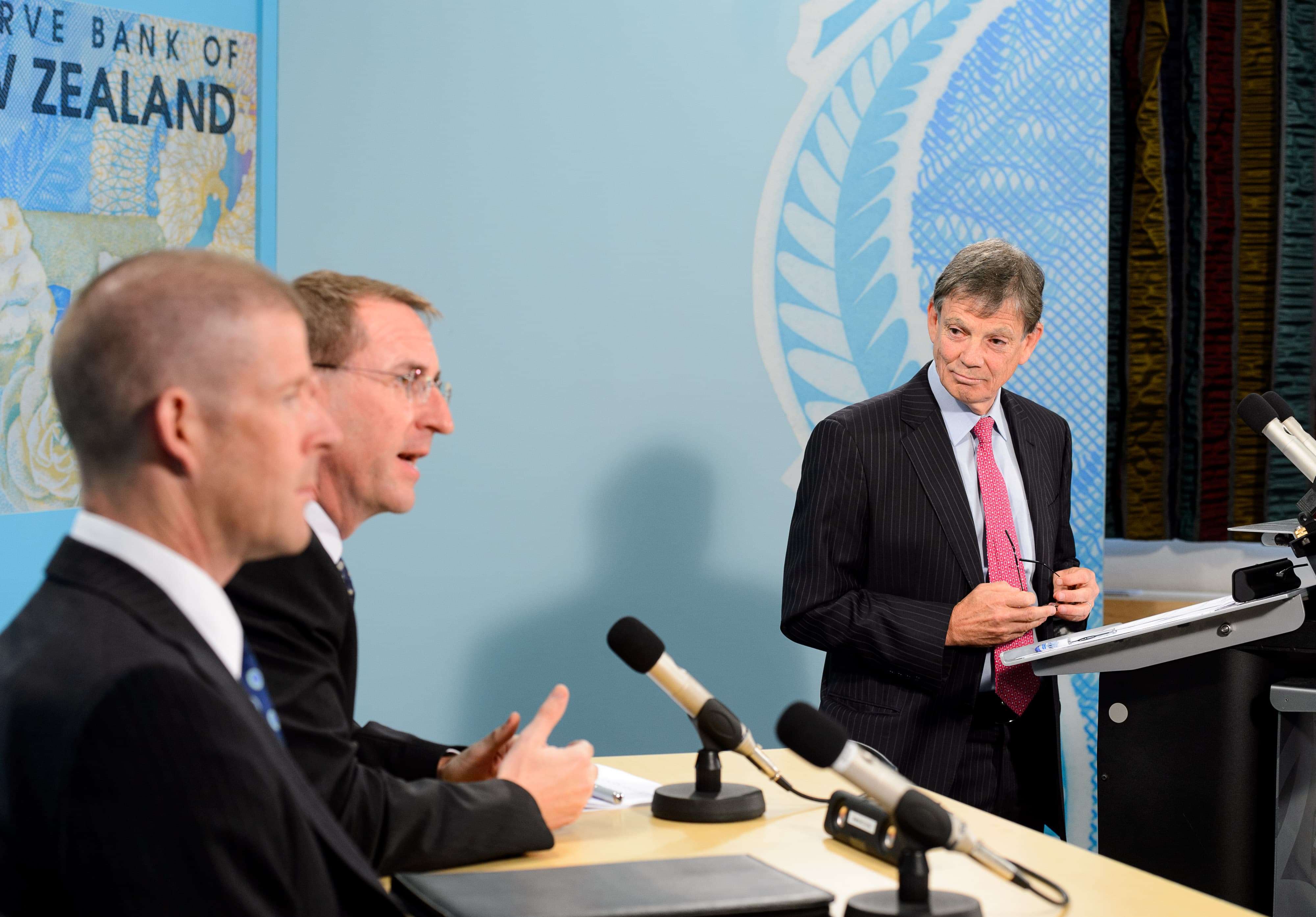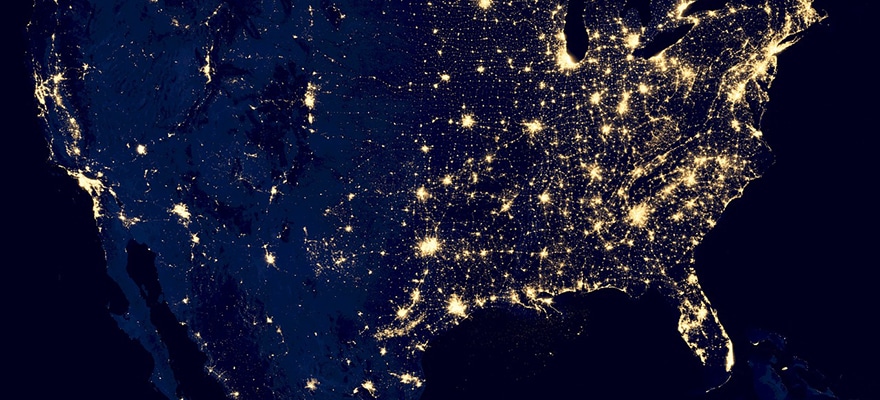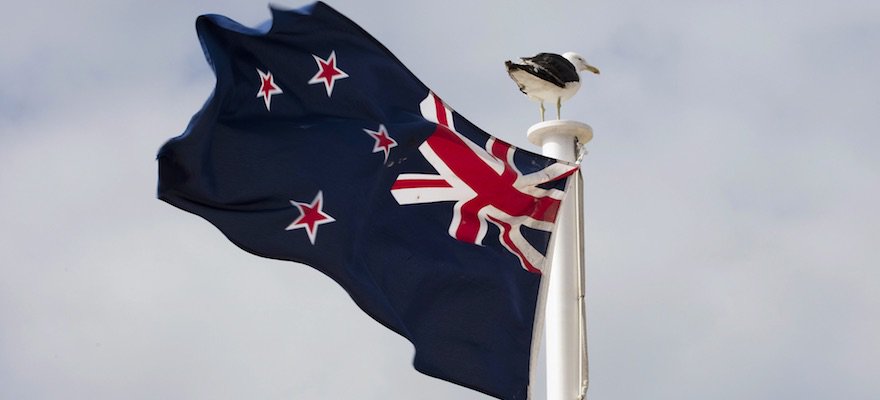Along with all the major economies, inflation in New Zealand has been weakening for the last six months. The RBNZ now have a clear easing bias, and since Australia – their principal trading partner – has cut interest rates twice already this year, they are under pressure to equalise some of the differential.
On April 20 CPI for the first quarter of 2015 showed a drop of 0.3%, following a 0.2% drop in the last quarter of 2014. There has not been a consecutive two-quarter fall in CPI since 1999. A lot of this deflation can be attributed to the oil price. Still, with annual CPI at just 0.1% and the official cash rate at 3.5%, the RBNZ is poised to act.
Along with official price data from Statistics New Zealand, the Global Dairy Trade Price Index, which happens fortnightly, can be a useful indicator for the Kiwi economy. New Zealand accounts for approximately 35% of the world trade in dairy products. Dairy is by far the country's biggest export, accounting for 7% of GDP. This is why monitoring the GDT Price Index is so important. The last six releases (12 weeks) have come in negative. This downward trend is significant for the NZD.
Australian Influence
Like the RBA, the RBNZ routinely jawbones their currency in order to help its depreciation and boost exports. However, recent comments from McDermott went beyond simply talking the currency down; it was clear communication, albeit informally, the RBNZ will cut rates if inflation remains low and consumer demand weakens.
For most analysts it is not a question of if they will cut rates, but simply at which meeting it will occur. Furthermore, several banks, including Deutsche, expect two rate cuts this year; one next week on June 11 and another in July. The OIS market is pricing in a slightly less than half chance of a cut at the June meeting.
When we put together the subdued prices – both CPI and GDT – and the lower employment, it is clear to see why the RBNZ is pressured to cut rates. However a lot of the cut has already been priced into the market, with Kiwi falling 720 pips from the end of April highs to new lows it made of after positive NFP from the US on Friday, June 5.
Given Kiwi is at fresh lows and has fallen so far there is a chance that even if the RBNZ do cut rates, there could be a relief rally if their statement is not dovish as well. This is what we saw with the Aussie dollar after the recent RBA cut, where they made no reference to further cuts. However in the case of the RBA, that was their second cut for the year. The RBNZ will be making their first cut, and as such there is a good chance that the accompanying statement will leave the door open for a second cut this year. The bias remains to the downside for NZD leading into this Thursday.
Other Factor to Consider
One of the often cited reasons against the RBNZ cutting rates is the overheating housing market. However in recent weeks two macro-prudential tools have been announced to curb the real estate inflation; the government has announced a tax on selling homes within two years of purchase and the loan-to-value ratio rules will be increased in October. These steps can be viewed as Clearing the path for an interest rate cut.
One thing that must be kept in mind despite all this bearish data: the NZD has the highest interest rate of all our focus currencies – and by a substantial differential. For example the differential on NZDUSD is 3.25%. This Yield provides an attractive carry trade, so as the NZD depreciates further, long term buyers will looking to enter carry trades once they suspect the NZ dollar has bottomed. This will be especially apparent after the RBNZ's second cut (if it happens) and/or when the RBNZ signal their cutting cycle is on hold for the time being.
Bizarrely, the RBNZ raised rates in 2014 as inflation was trending higher. No sooner had they done this and the oil price fell significantly, putting downward pressure on inflation around the globe. Since then inflation in New Zealand has continued to fall and so have the prices of their dairy exports, which translates into lower GDP. Annual core inflation for the year ending at the March quarter came in at 1%. One tick lower and even this core reading, which excludes petrol prices, will have dipped below the bank's mandated band of 1-3%.
It is due to this and the aforementioned factors that we believe the New Zealand dollar is a definite sell in the short to medium term, as the RBNZ will likely cut rates on Thursday. If they do not cut rates, there could be an aggressive relief rally, dependent on the tone of the statement.






















